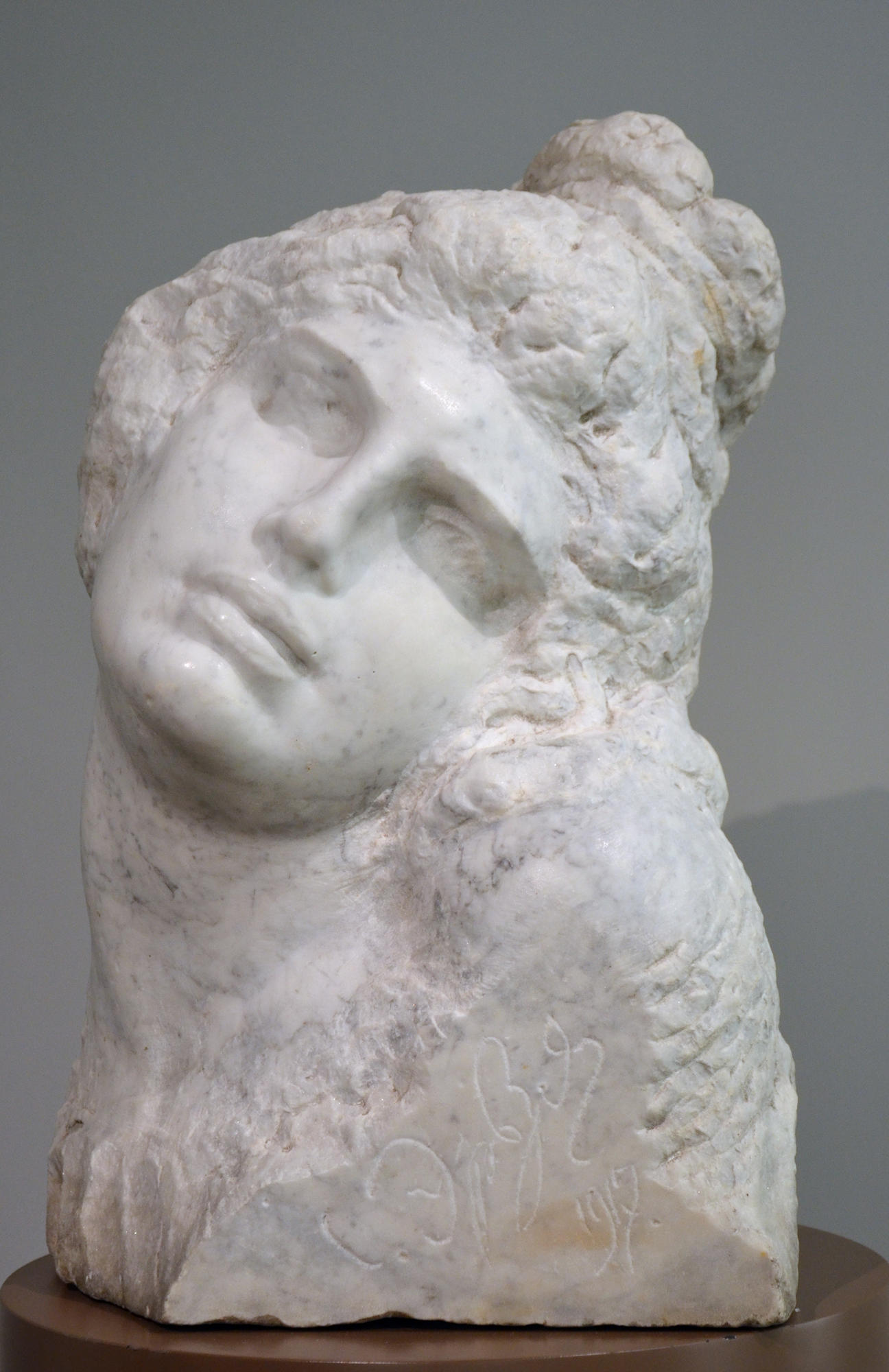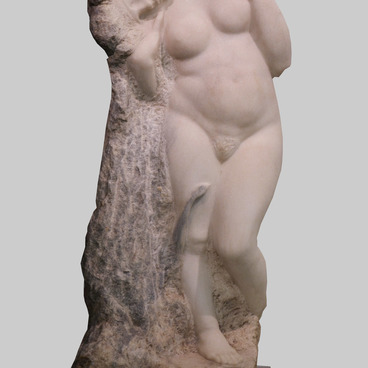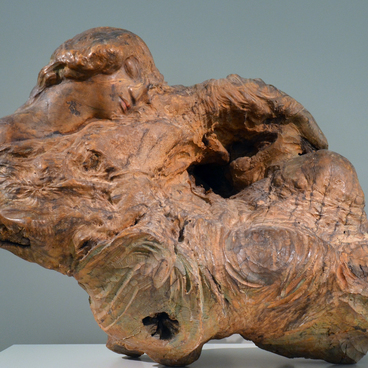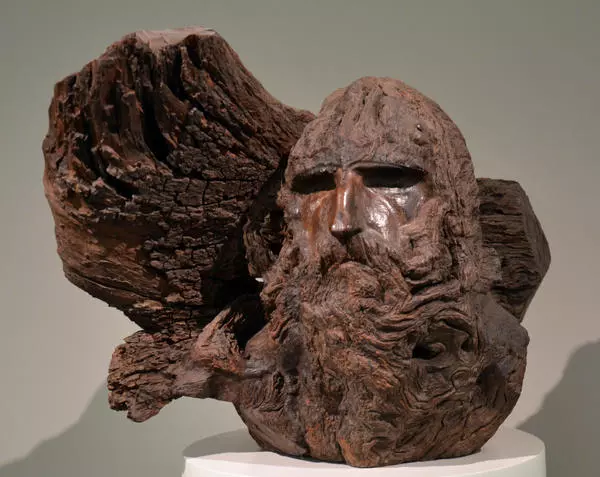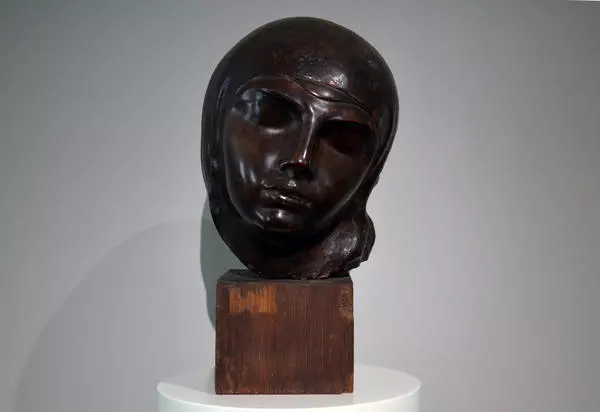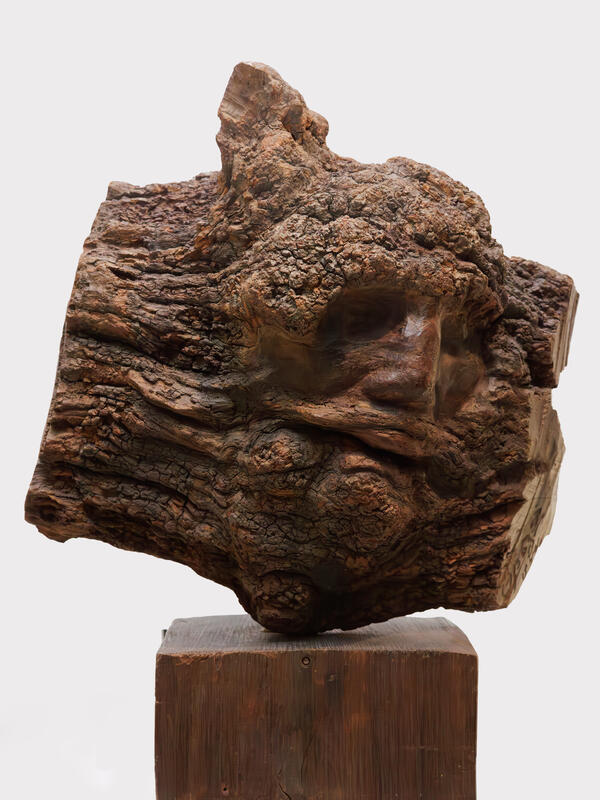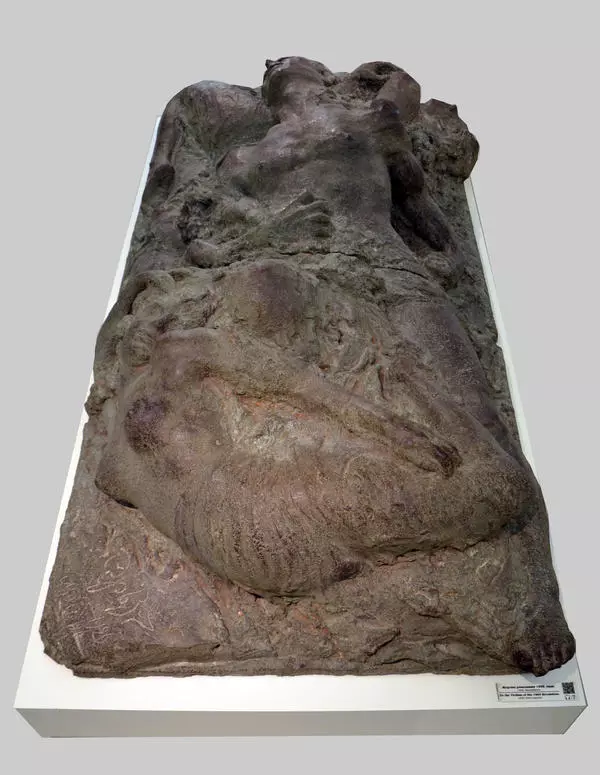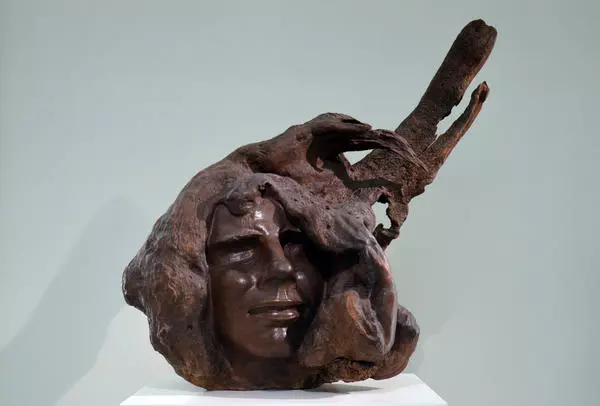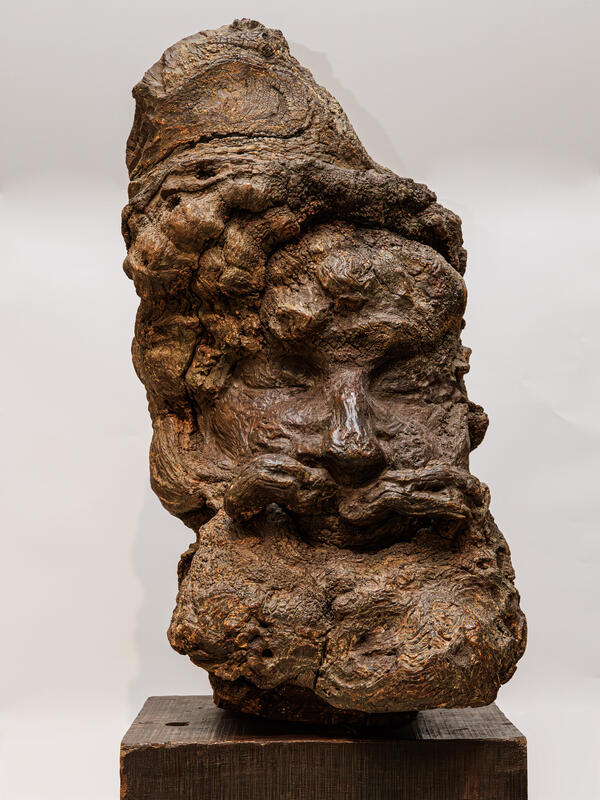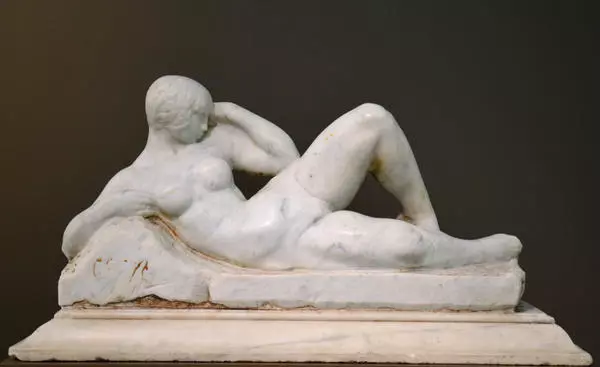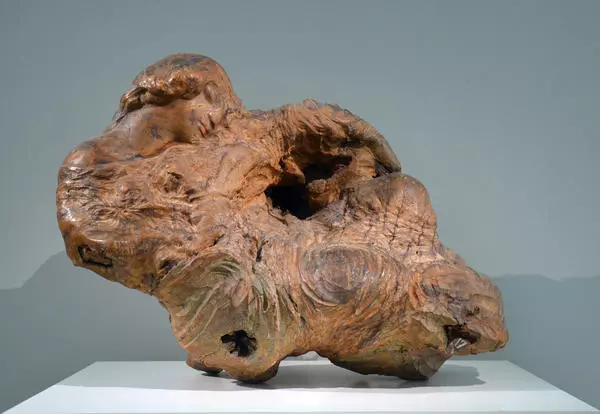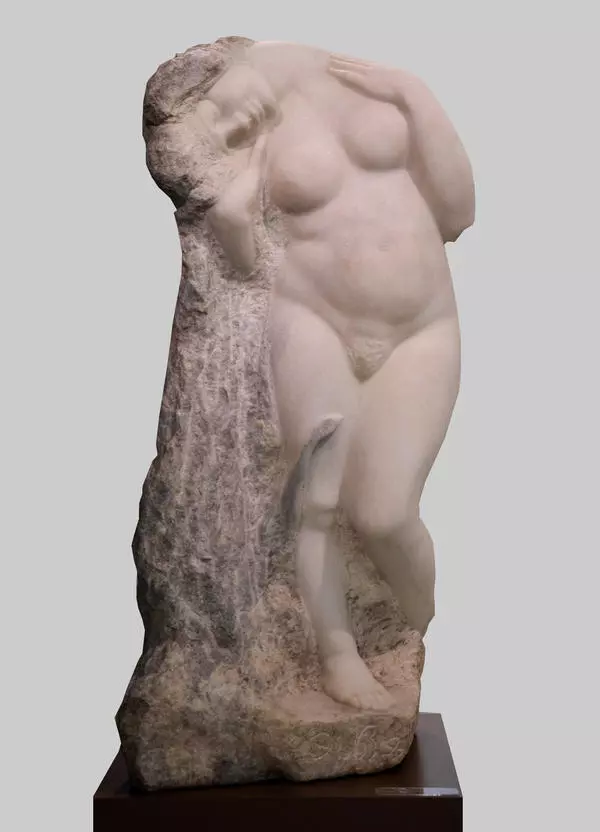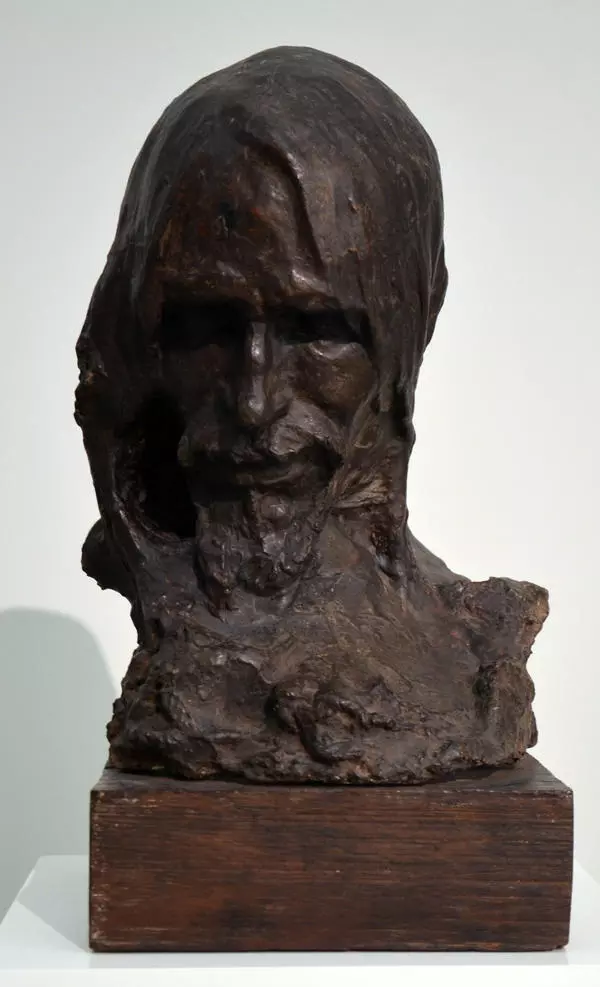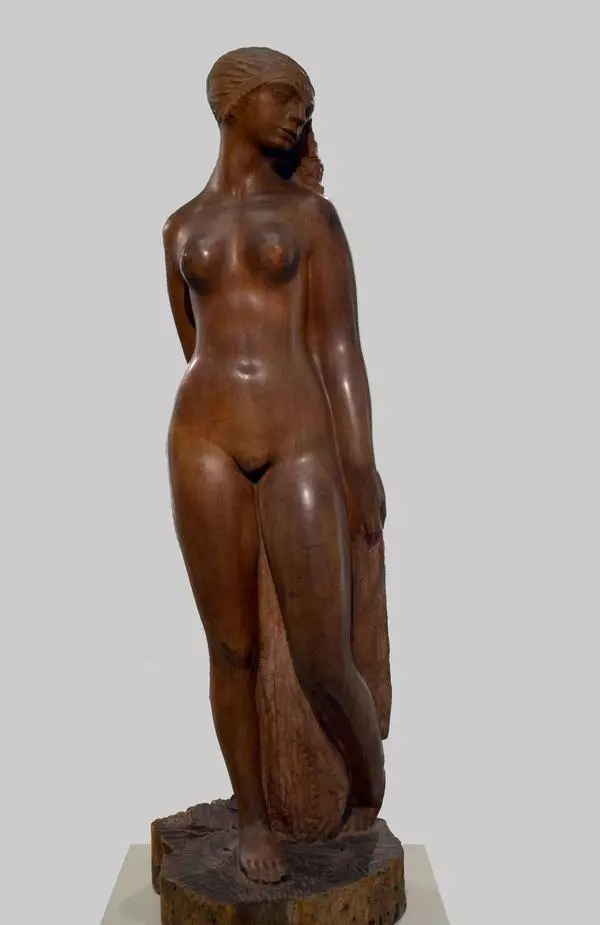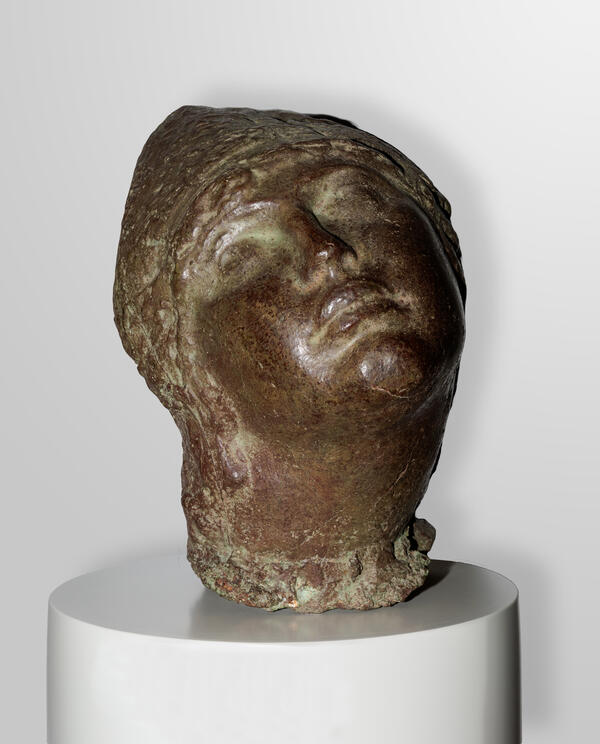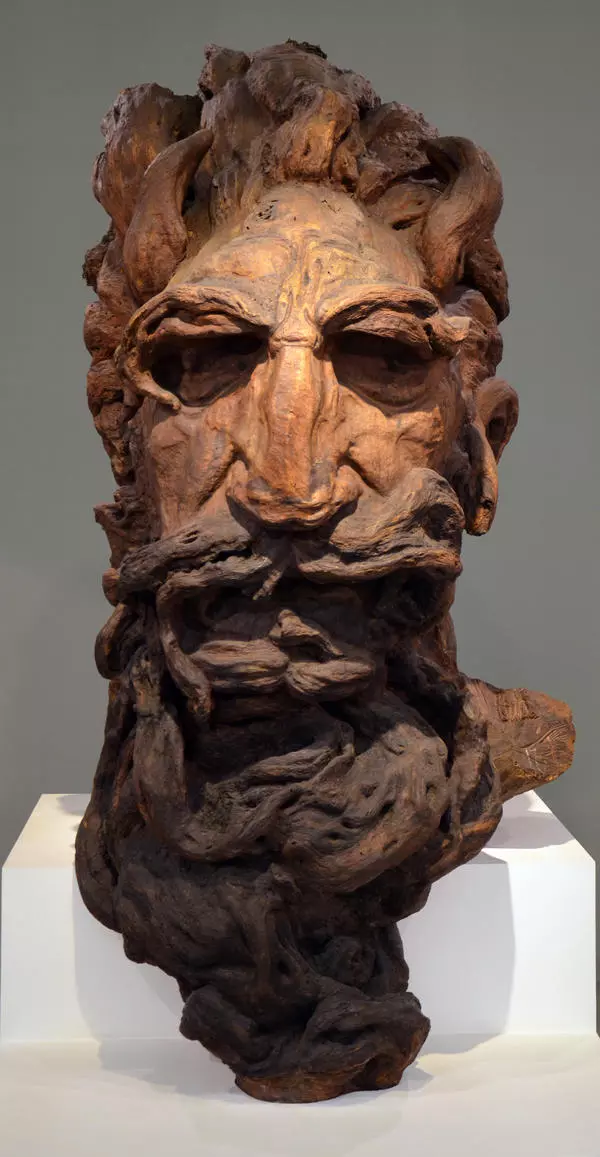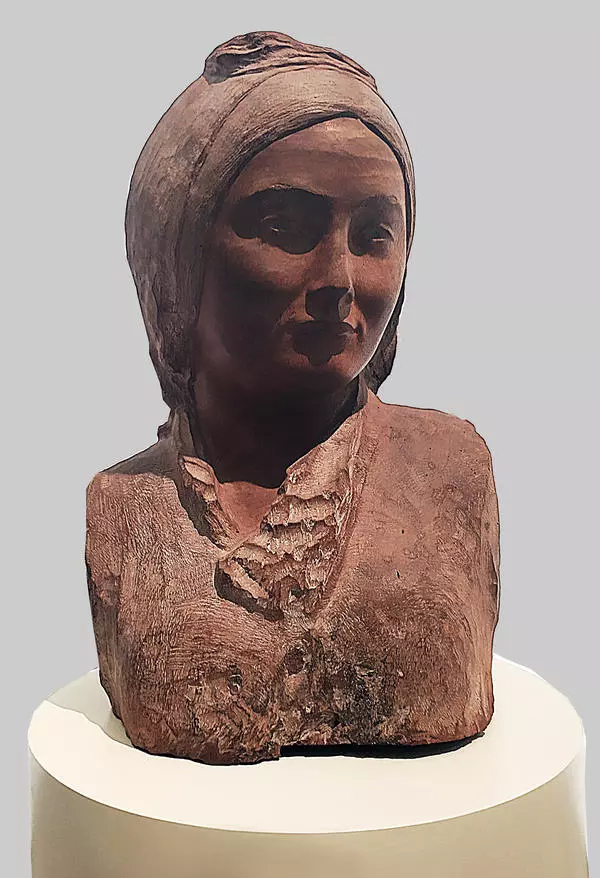A slender neck, put-up hair, a face with the expression of secret suffering, arrogance and self-complacence. That is the Calypso sculpture created by Stepan Erzia in 1917. It was one of his early works on mythological subjects that showed the contradictory nature of a woman and opened up the world of human feelings and relations.
The image of the nymph was not chosen accidentally. It is that creature from ancient Greek myths that organically combined sensuality and cold-blooded premeditation with femininity and energy, realization of one’s strength and delicate charm. The combination of these traits of a woman’s nature can be seen in the image of a young Greek girl that a contemplator meets with a mixed reception. Some people may admire her endlessly, while others are repelled by this image of the beauty.
According to one version, Calypso was the daughter of Titan Atlas and Oceanid Pleione, according to another one - the daughter of Helios and a Perseid. The nymph lived on the island of Ogygia on the border between the world of the alive and the dead. Once Odysseus, the king of Ithaka, accidentally found himself in her land. He swam to the shores of Calypso’s island holding on a piece of a wreck.
The beauty held her guest for seven years, offering him eternal youth and even immortality, and gave birth to his sons. However, she failed to make her prisoner forget his motherland and his wife Penelope. When Hermes came to the nymph with a message from gods ordering to free the king of Ithaka, she obeyed.
The story of Calypso was described in Greek mythology, her image was painted on canvas, and Stepan Erzia portrayed her in marble. Many sculptors valued this natural stone as a material. It is special because of the contrasts that can bring life to the figure being created, animate it.
Calypso by Stepan Erzia is a girl with charming appearance that is a selfish and cruel person at the same time. In part, this effect was achieved thanks to the gray color of the natural stone and the smooth surfaces of the materials supplemented with fine light and shade modeling.
The Calypso sculpture became an embodiment of human passions and feelings, a philosophical thought in stone. One can see an expression of sadness in the face of the nymph - probably, because of the departure of Odysseus. Some people see a hint of cunning in her image, others see suffering because of the unspent feelings.
Stepan Erzia was born in Bayevo, the Simbirsk province, on October 27, 1876. After he graduated from the Moscow School of Painting, Sculpture and Architecture in 1906, he went on his first trip to Europe, then he returned to Russia and went abroad again. His Calypso, same as his sculpture Rest, came into being in Italy. In that sunny country, the artist lived not far from a marble quarry. The material was literally at hand, and Erzia was already thinking of a new idea that he soon skillfully emmarbled. By the way, he could find inspiration anywhere he went.
The image of the nymph was not chosen accidentally. It is that creature from ancient Greek myths that organically combined sensuality and cold-blooded premeditation with femininity and energy, realization of one’s strength and delicate charm. The combination of these traits of a woman’s nature can be seen in the image of a young Greek girl that a contemplator meets with a mixed reception. Some people may admire her endlessly, while others are repelled by this image of the beauty.
According to one version, Calypso was the daughter of Titan Atlas and Oceanid Pleione, according to another one - the daughter of Helios and a Perseid. The nymph lived on the island of Ogygia on the border between the world of the alive and the dead. Once Odysseus, the king of Ithaka, accidentally found himself in her land. He swam to the shores of Calypso’s island holding on a piece of a wreck.
The beauty held her guest for seven years, offering him eternal youth and even immortality, and gave birth to his sons. However, she failed to make her prisoner forget his motherland and his wife Penelope. When Hermes came to the nymph with a message from gods ordering to free the king of Ithaka, she obeyed.
The story of Calypso was described in Greek mythology, her image was painted on canvas, and Stepan Erzia portrayed her in marble. Many sculptors valued this natural stone as a material. It is special because of the contrasts that can bring life to the figure being created, animate it.
Calypso by Stepan Erzia is a girl with charming appearance that is a selfish and cruel person at the same time. In part, this effect was achieved thanks to the gray color of the natural stone and the smooth surfaces of the materials supplemented with fine light and shade modeling.
The Calypso sculpture became an embodiment of human passions and feelings, a philosophical thought in stone. One can see an expression of sadness in the face of the nymph - probably, because of the departure of Odysseus. Some people see a hint of cunning in her image, others see suffering because of the unspent feelings.
